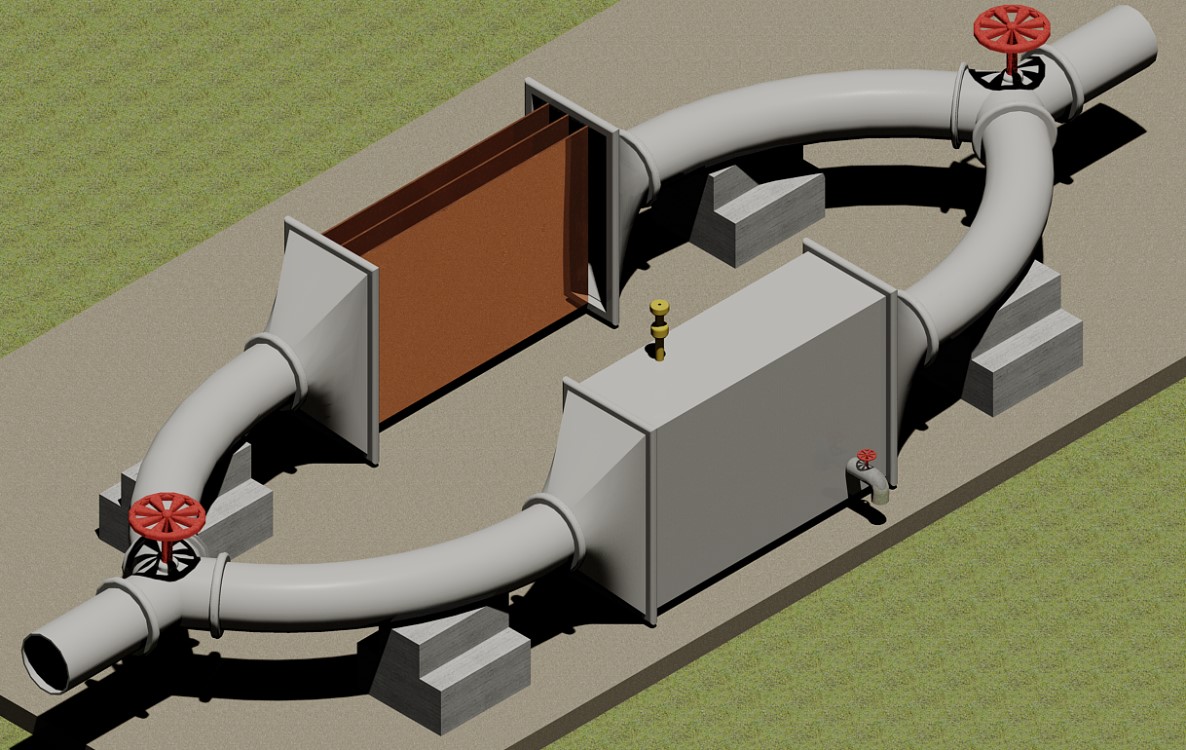
Getting crude oil from the wellhead to its downstream destination can be literally stopped in its tracks when components of the oil known as asphaltenes clump together, reducing the flow or causing a complete blockage.
A petroleum engineer from the University of Houston has reported building a prototype device to address the problem, which currently requires the use of chemical dispersants and inhibitors or a physical process to remove the accumulated solids.
Konstantinos Kostarelos, associate professor of petroleum engineering at UH, described the device and the way it works in the Journal of Petroleum Technology.
Blockages happen when molecules called asphaltenes – which make up the heaviest fraction of crude oil – solidify with pressure and temperature changes once outside the reservoir. Over time, that builds up and hardens on the inside of the pipe, resulting in reduced flow or complete blockage of producing wells and surface equipment, including pumps, pipelines and separators, the researchers said.
“You have a clean pipe and things flow normally, but the coating of the asphaltenes inside the pipe builds up, so if your pipe diameter was six inches, it slowly becomes five inches, then four inches – so the pipe size is not what was designed,” Kostarelos said.
When that happens the flow rate is reduced. Pumps can increase the flow rate, but require huge amounts of pressure.
To address the problem, the researchers built a prototype device that would remove asphaltenes from crude oil near the point of production, using electrokinetics. “A scaled-down device was fabricated and tested using a model oil to prove the concept and study some of the parameters that would influence the design of a larger-scale device,” they wrote.
Coauthors on the paper include UH undergraduate students Clint Martin, Kyo Tran, Jose Moreno and Aaron Hubik, along with Shahab Ayatollahi of Sharif University of Technology.
The process involved putting two electrical plates, charged at 4,000 volts, into the pipe. The plates attract the asphaltene, removing it from the flowing oil.
“The asphaltene molecules, which are polar, start coating the plates and we remove the plates periodically,” said Kostarelos. “It worked better than I expected.”
Future work will involve using a wider variety of solvents and ultimately, a prototype that can be used with produced crude.